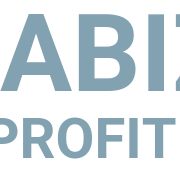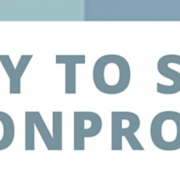The Subtleties of Verbal and Body Language — Three Takeaway Tips from “You Can Read Anyone” by David J. Lieberman
As a nonprofit leader or small business owner, you are interacting with people on a regular basis in a variety of different settings. Knowing how to “read people” is a special skill learned through years of experience and interaction with others. “You Can Read Anyone” by David J. Lieberman is an interesting book offering specific and very practical psychological techniques that you can use to help identify someone’s thoughts and feelings—often within minutes. Here are a few takeaways:
- One subtle way to decipher if someone is not being truthful is by not asking directly, but rather asking if they can help you with something. For example, ask if they can help you find out who has been stealing petty cash from the office. If they ask questions or offer some advice, that is an indication of honesty. If you sense the person is becoming uncomfortable and attempts to change the topic of discussion, you might infer that they are guilty.
- When people are confident about something, they tend to use the pronoun “I”, “we” or “us”. When they want to distance themselves, they won’t want to take ownership or create an association with such language. For example, if you present an idea to a coworker and they say, “I like it”, that is a positive sign, but if they instead If say something like, “it’s nice”, you might infer that they are not as enthusiastic about your idea.
- According to Lieberman, the most dangerous character trait combination is a huge ego coupled with low self-esteem. These people tend to react and respond negatively towards others. By comparison, someone with no ego and minimal self-esteem can be equally negative but will tend to direct such negativity inwardly toward themselves as opposed to other people. The author suggests that one cannot have high self-esteem and a large ego. Put another way:
Weak ego & high self-esteem = humility
Large ego & low self-esteem = arrogance
The book, originally published in 2007, can be found online here.








Leave a Reply
Want to join the discussion?Feel free to contribute!